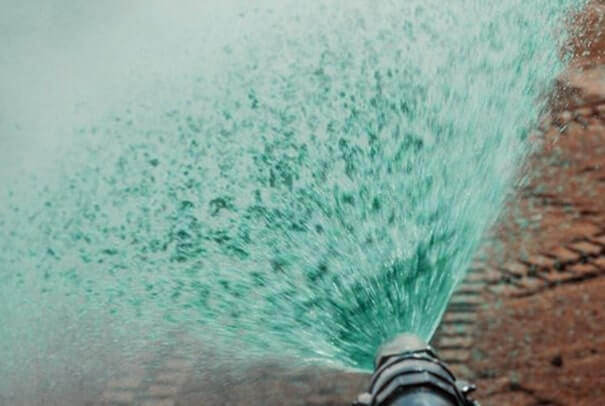Hydromulching Solutions for Large-Scale Regrowth & Dust Suppression
Do you have a large piece of land that has been damaged or has gradually deteriorated through the years?
Hydromulching might be the solution for you.
Hydromulching is one of the most reliable revegetation techniques we employ to provide a protective cover and prevent soil erosion. The procedure involves the spreading of a slurry composed of water, seed, fertiliser, tracking dye, binder, and cellulosic mulch fibres.
Hydromulching is like hydroseeding — only with mulch added into the mix.
We conduct two types of hydromulching. One makes use of a Hydraulic Growth Medium or HGM in a one-step application process. The other uses a Bonded Fibre Matrix (BFM) and proceeds with the application in two steps.
Learn more about what hydromulching is, how it differs with hydroseeding, what benefits each offer, and under what conditions to best use them. Read on.
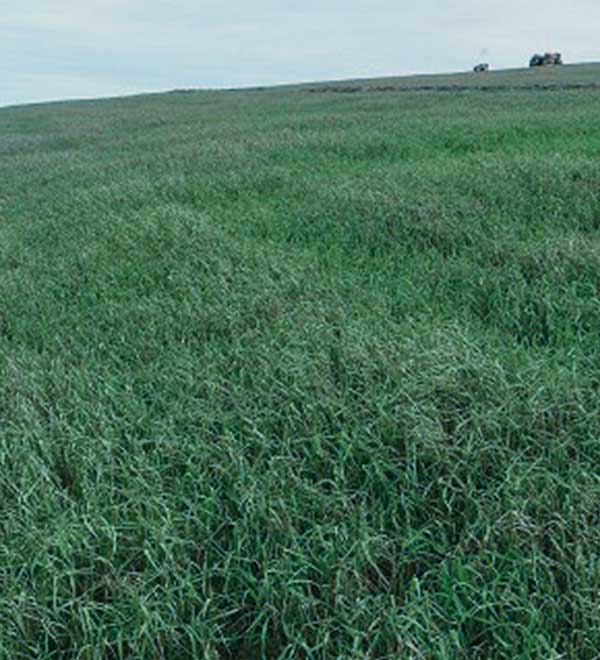
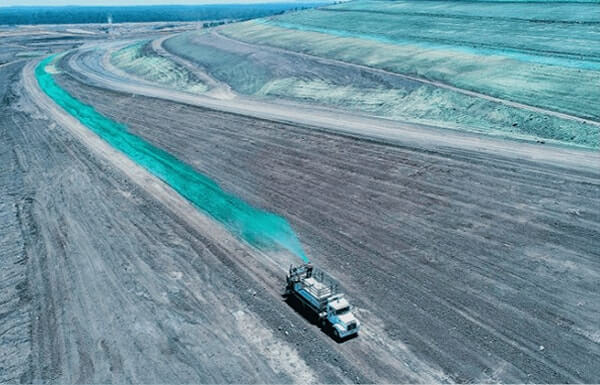
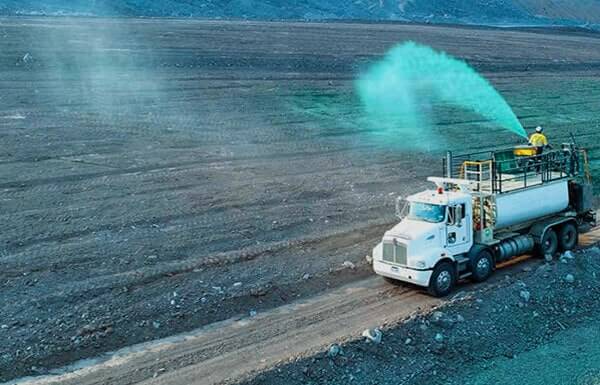
The Hydraulic Growth Medium (HGM)
The mulch used in hydromulching is typically in the form of straw or wood fibre. The mulch itself acts as the hydraulic growth medium for the seeds. The seeds grow efficiently as this growth medium provides sufficient cover, protecting the seeds from drifting off or getting blown away.
At the same time, the mulch holds moisture within, serving as a reservoir for the seeds to absorb in humidity as needed.
Why Use HGM?
The HGM we use offers more than just a protective cover or a moisture reservoir. We incorporate microbiological amendments into the mulch, thus improving soil health.
Optimised HGMs also support the efficient germination of seeds. An HGM allows the proper conduct of the nutrients from the soil to the plant, thereby supporting sustainable plant growth.
By adhering only to organic mulch fibres, we ensure the health of the growing species. The faster rate of growth, in turn, minimises the risks of soil erosion — even while the cover crops are still growing.
Hydromulching with HGM eliminates the need for constant watering, as soon as it begins to rain. Water remains encapsulated within the mulch, thereby providing moisture for the growing plants as needed.
HGMs are also compatible with the use of ProGranics Biotic Soil Media (BSM).
The Bonded Fibre Matrix (BFM)
The second type of hydromulching makes use of Bonded Fibre Matrix (BFM). Although this process uses the same ingredients as the first type, it requires two steps to complete the application.
The first step involves spraying the soil with a water solution of seed and fertiliser — which is the hydroseeding solution. This part of the procedure ensures seed-to-soil contact.
The second step requires the spreading of a slurry composed of a robust and non-rewetting binder, organic mulch, and water. This slurry is what we term as the BFM.
In essence, the BFM is a heavy-duty hydromulching growth medium. By applying the hydroseeding solution first and adding the BFM second, this two-step hydromulching process achieves a much stronger bonding performance.
Why Use BFM?
BFMs can follow the contours of a soil surface. Thus, it is suitable for all kinds of terrain.
The use of BFMs also increases moisture retention, holding up to 1000 times the BFM’s weight in water. Thus, BFM can provide optimal conditions for the germination of seeds.
Moreover, BFMs act immediately upon application, forming a direct, strong bond with the soil. As a heavy-duty growth medium, BFM provides not only soil cover but also nutrient support.
All in all, the resulting matrix can effectively mitigate soil erosion even while the vegetation is still working to establish root penetration and development.
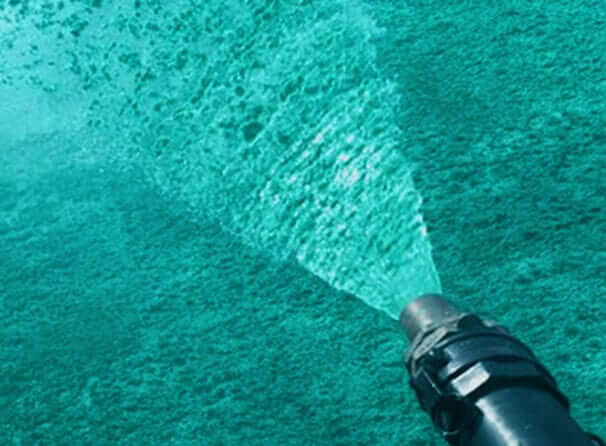
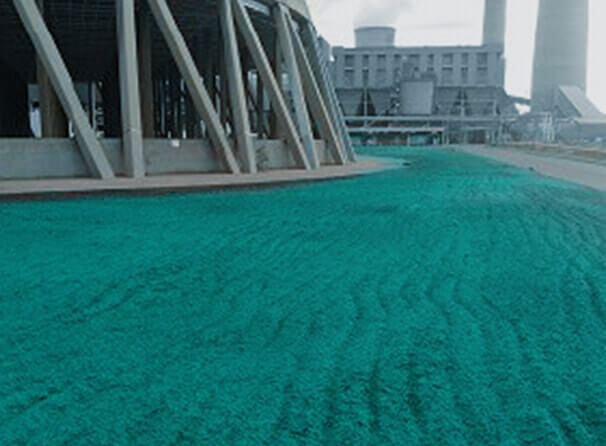
Suitability of Hydromulching
Hydromulching is, generally, the preferred choice among revegetation techniques. It is both flexible and efficient. It is suitable for all types of terrain, whether it be steep batters, verges, slopes, or flat areas.
If your site needs to have soil erosion controlled as early as possible, then hydromulching would be more suitable than regular hydroseeding. The mulch fibres included in our hydromulching procedure help hold the soil together — even before the plant species have grown enough to establish a secure root system.
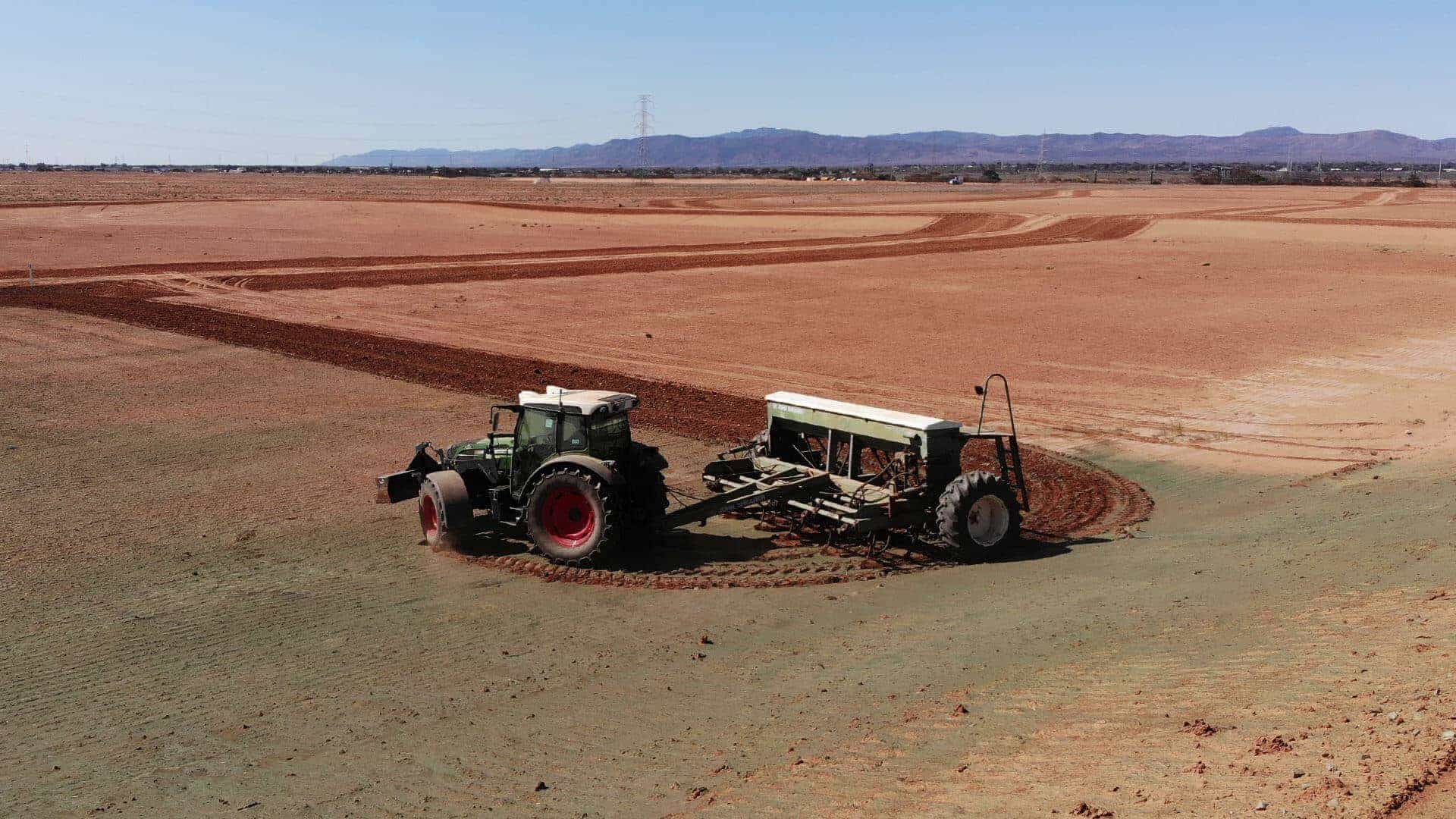
Site Preparation & Maintenance
Before conducting the process of hydromulching, it is crucial to understand the needs of your property and prepare it for the procedure. By doing so, we prevent complications such as uneven plant growth and possible pest infestations from occurring in the future.
Proper site preparation includes clearing the land of weeds, stumps, rocks, and any other debris. These materials may also be lurking deep underneath the soil, so further tilling helps. The ground will need tilling to a depth of at least two inches before further filling the site with topsoil.
Once you have conducted the initial site preparation, we can come in and proceed with a specific revegetation procedure. Based on the results of our site assessment, we will plan out the most suitable approach to rehabilitating your site, replanting it through hydromulching, and then conducting maintenance procedures for it.
Tailored Processes Based on Site-Specific Needs
We employ a tailored process of hydromulching. The whole procedure depends significantly on the history of land use, and its intended purpose
once we conclude rehabilitation.
Soil Testing
We collect soil samples to test and indicate whether or not the soil’s pH in the site will have to be adjusted. It is also at this stage where we identify the nutrients and microorganisms that are present in the soil.
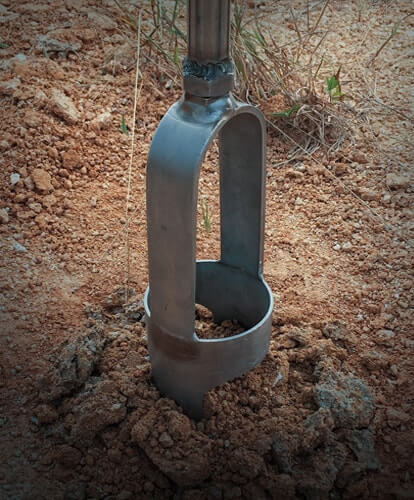
Plant Selection
Part of the hydromulching process is selecting the right plant species based on your goals and requirements for the site. We refer to your site condition, location, and intended use to finalise a list of plant species to include in the hydromulching process.
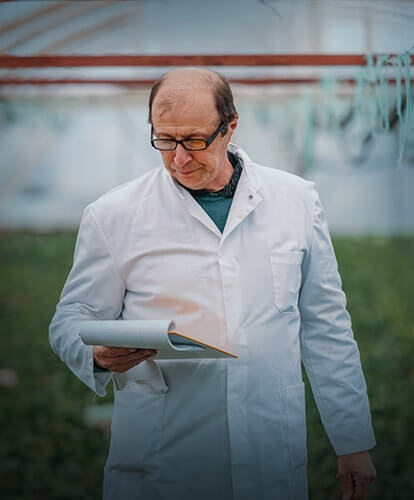
Customized Solution
We take time to study the goals of your hydromulching project and design effective and customised solutions that suit your budget and needs. We lay down several options before you, so you are aware of the ideal revegetation approach to take.
Whether you prefer HGM or BFM, we will explain the specifics, pros, and cons involved.
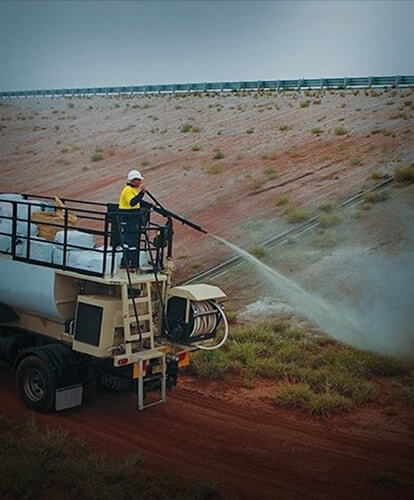
Application
Our team of experts will ensure the correct implementation of the hydromulching solution, delivering the best possible outcomes for your site. We see to it that the application is even and uniform.
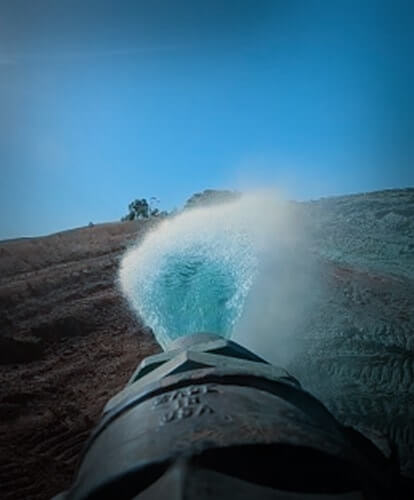
Drone Spraying
We also utilise the latest drone technology to add soil probiotics to the treated area. Drone spraying is usually done four to eight weeks after the initial hydromulching procedure. The process involves the application of fertiliser and additional trace elements.
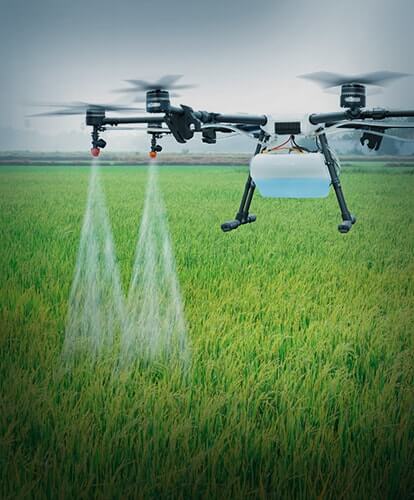
Drone Monitoring
After conducting the hydromulching process, we employ the imaging feature of our drones to keep track of the site’s progress. Our advanced drone technology has advanced scanning sensors that cover vast areas of land, enabling us to spot any problems as soon as possible.
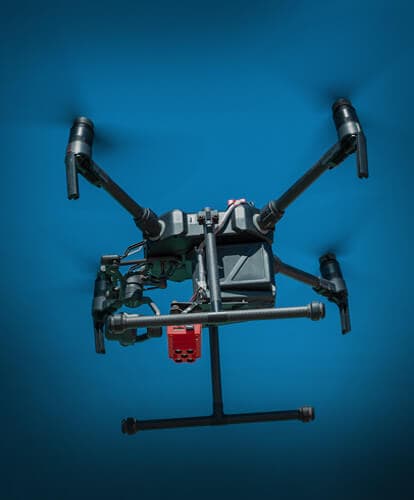
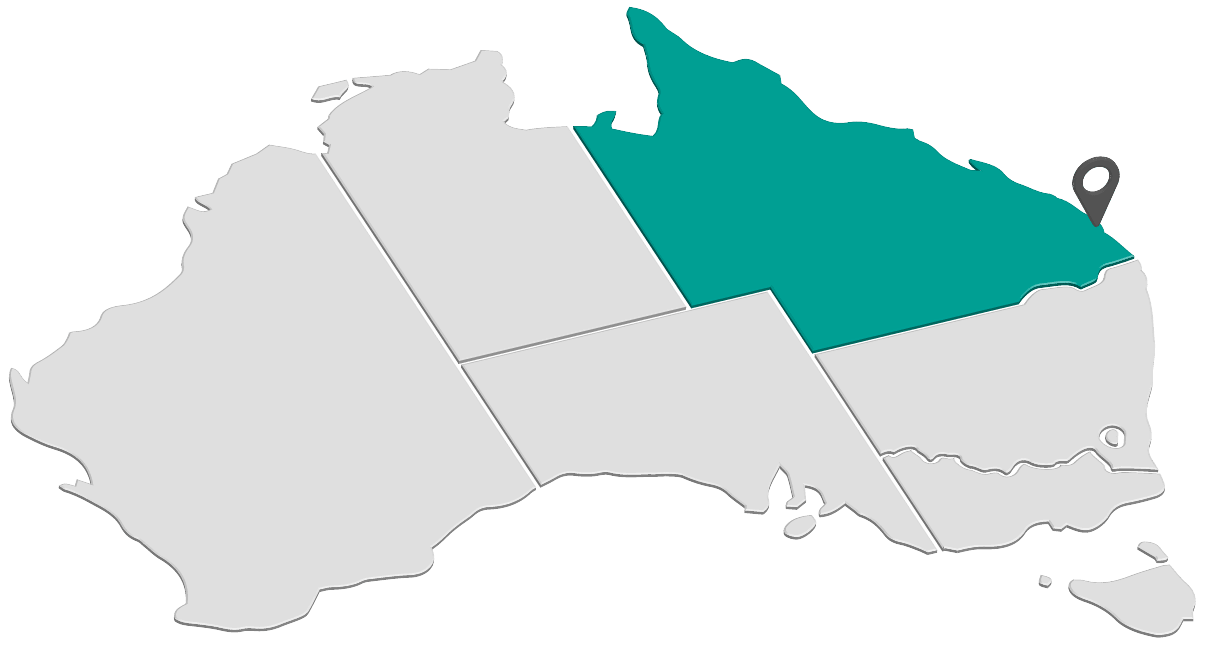
Areas of Service
We provide hydroseeding solutions in different areas. We understand different regions in Australia have different climate and soil conditions which are crucial factors for a tailored revegetation approach.
Select your area below for a customised hydroseeding
*If your area is not on the list, please contact us.
Why Choose Us For Your Project?
We personalise our hydromulching services to fit the needs of every type of land.
We understand that each revegetation project is unique. Thus, we conduct a customised and streamlined process of hydromulching to regrow your land more sustainably.
We visit your site. We tailor the solution. And we carry out the application. Carefully.
